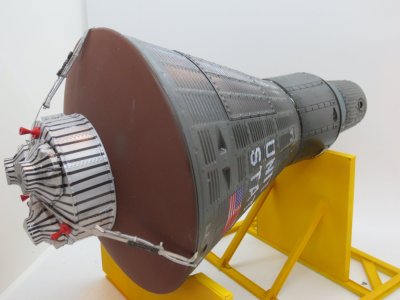a few pounds for an air spray kit will not break the bank...
...but it might break your heart. A cheap airbrush is as much fun as shaving in cold water with a disposable razor and no soap.
In the early 1980s I had a hankering to paint the Luftwaffe camouglage patterns on my plastic aircraft models. Modelling was a solitary vice back then with only the occasional cryptic article in the Airfix Magazine to guide me but I knew I needed to spray paint those misty blue aircraft. I bought a cheap Humbrol external mix spray gun and a can of propellant, later superseded by a lorry tyre inflated to 'bursting point and then let a bit of air out'. The cheap tool was almost as hopeless as my optimistic ignorance and after some months of trying to get it to work properly' I threw it away and went back to the prehistoric hairy ended stick method. All I accomplished was paint on the carpet, desk, curtains, fumes everywhere and half a dozed ruined kits.
Twenty years later, I had found a club with one or two members who used airbrushes and whose models were jaw-droppingly good. They advised me to get the proper gear but I didn't want to spend much on painting equipment - I'd rather buy more kits. I bought a cheapish Badger airbrush and a compressor that could have driven a road drill! Well, how was I to know that compressors came in small sizes? The Badger wasn't a bad tool but it wasn't designed to be easy to use and was very difficult to keep clean. I did manage to paint some models with it but it was always trouble. It would suffer complete stoppages over a speck of dust, it splattered, orange peeled, spidered, leaked, blew back spectacularly and I became reluctant to use it at all.
A year or so later I saw a demonstration at a model show of an Iwata airbrush and associated compressor. Oh my! In five minutes I learned so much from simply watching how it was done. Carried away by the excitement and carrying my credit card (always dangerous at a show) I bought the brush and the compressor, a cleaning kit, hose, and all the optional extras. Iwata are top quality tools from Japan. Now I was shaving with a warm katana! I had made my bank account hemorrhage, but this precision tool was an absolute joy to use. It took some weeks to really get the hang of it but my models began to look like competition quality.
Of course, it had limitations as all tools do. I always wanted finer and finer lines and the nozzle was very small and required a spanner to remove it. This was fiddly for my big fingers and I spent many unhappy hours looking for the thing on the carpet. One time I gave up and decided to send away for another one, only to find it in my shoe when I stood up and it pieced my foot. I had occasional problems due to my inability to keep it as clean as was needed. It struggled to spray an even, wide pattern which I wanted for applying the final 'varnish' and sometimes choked on primer.
Being too stupid to learn from my experiences to this point, I thought it would be a good idea to buy a cheap Chinese knock off just for priming and finishing. I used that thing a couple of times and then threw it out. It had air-leaks around the poorly cut threads, the action was 'crunchy' the chromed finish was incomplete making it very difficult to clean. Trash.
At another model show some time later, I saw the Harder and Steenbeck range of airbrushes demonstrated. This is German Tech from the land of Leica, and it was a tad more expensive than the Iwata. However, it had been designed not only to deliver a 'good shave' but to be as pleasant to use as possible, now I’m shaving with hot towels and soap. The nozzle for example, is about a centimeter long and 10mm in diameter, easy to hold, easy to clean. Of course the INTERNAL diameter is tiny, and I own needle and nozzle sets in 0.15mm, 0.2mm and 0.4mm for different purposes which is a lot better than owning three airbrushes. I use the 0.15 for detail work, the 0.2 for general purposes and the 0.4 for primer and varnish on plastic kits and for general painting on wooden kits. Swapping over takes seconds.
I can strip my H&S airbrush for cleaning, without tools and blindfold, in about five seconds. (Ex-military, I just had to try it.

) Cleaning takes 30 seconds and reassembly about ten. A clean airbrush is a reliable airbrush. I can use it for hours without cramping. It sprays perfectly all the time and the only problem with it is that there's a new and improved model just been released, which I will happily spend a small fortune on as soon as I can scrape up the readies.
TLDR? As with all tools, but ESPECIALLY with precision equipment like cameras, razors, parachutes and airbrushes,
always buy the best that you can afford.



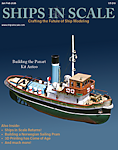


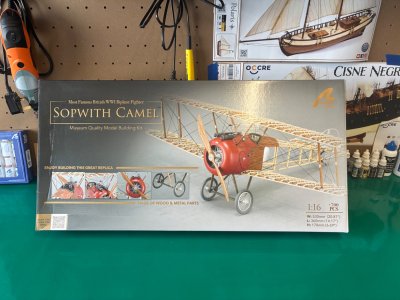

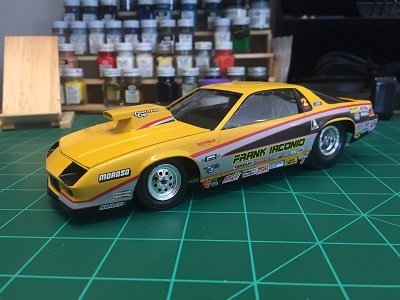
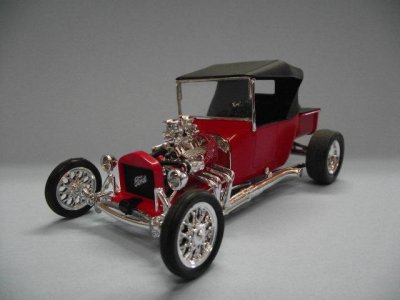

 I have written some books, with other people, but I doubt that you've read any of them. There was the bestselling 'Victor K2 Maintenance Procedures' and the laugh a minute, 'Hawk Safety and Maintenance Notes (Simple English Version)' which nearly won the Booker Prize, except for not being entered.
I have written some books, with other people, but I doubt that you've read any of them. There was the bestselling 'Victor K2 Maintenance Procedures' and the laugh a minute, 'Hawk Safety and Maintenance Notes (Simple English Version)' which nearly won the Booker Prize, except for not being entered. 